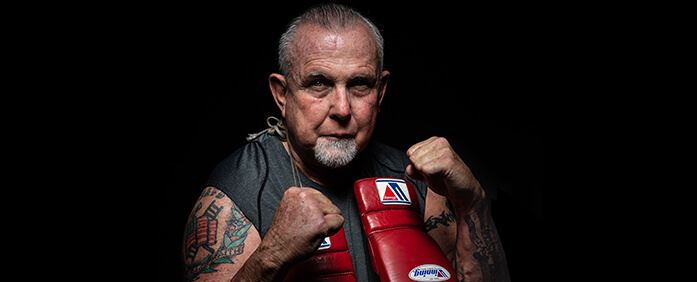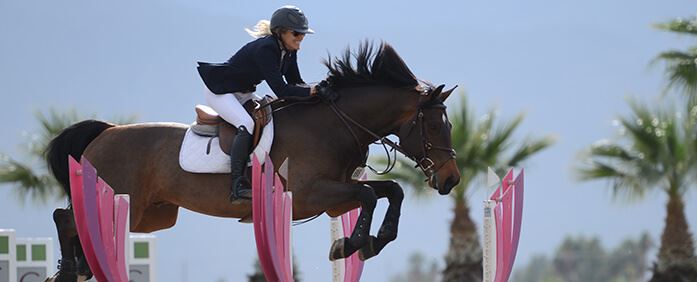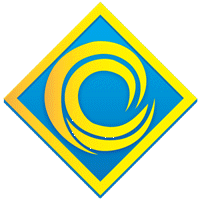Elbow Ligament & Tendon Repair
Common Causes of Elbow Injuries
Elbow injury is common with overhead throwing athletes, such as baseball and softball, as well as with racquet sports like tennis and racquetball. While these sports are the most common causes of elbow injuries, the elbow is susceptible to injury with just about any type of athletic activity. The most common types of elbow injuries are chronic, overuse injuries such as tendonitis and bursitis. Acute ligament ruptures can also occur with repetitive or forceful overhead throwing. This is especially true for pitchers, and those who throw off-speed pitches like a curveball.
About Ulnar Collateral Ligament (UCL) Reconstruction
Ligaments are fibrous tissues that connect one bone to another. The primary ligament that stabilizes the elbow joint is the ulnar collateral ligament (UCL). The UCL is a fan shaped ligament, located on the inside of the elbow joint. It prevents excessive outward rotation. Surgical treatment options for elbow instability include ulnar collateral ligament reconstruction.
This surgery involves replacing the UCL with a tendon that is obtained elsewhere in the body—usually the forearm, knee or hamstring. Your surgeon will harvest the tendon and loop it through the various holes that have been drilled in the elbow, in a series of figure-eight patterns. Over time, the transplanted tendon “ligamentizes,” which basically means it learns to become a ligament.
What to Expect Before & After Your Surgery
If you and your doctor decide that you need elbow surgery, you will be admitted as an inpatient. Your procedure will most likely take between one and two hours. Following the surgery, your arm will be placed in a splint for several days to immobilize the elbow and allow the wound to heal. During this time, gentle wrist, hand and shoulder exercises will also be performed.
Early range of motion is begun within three to seven days after surgery, depending on the type and extent of the reconstruction. You will be able to remove the splint and use a range of motion brace in order to avoid elbow stiffness. It is particularly important to achieve elbow extension.
Hoag Orthopedic Institute's physical therapy team is orthopedic specialized, and they will work closely with your surgeon to establish a personalized rehabilitation plan for you. About six weeks after your surgery, elbow strengthening exercises may begin. For patients who remain dedicated to physical therapy, the chances of complete recovery are very high, at above 90 percent.
Are you ready to discuss your options with a knowledgeable physician in Orange County? Contact the team at Hoag Orthopedic Institute today to get started.
-
 Returning to Boxing After Surgery Knee, Sports Medicine
Returning to Boxing After Surgery Knee, Sports Medicine"Procedure: Right Total Knee Arthroplasty When Brad retired nearly 20 years ago at age ..."
Read More -
 Back to Extreme Surfing Hip, Sports Medicine
Back to Extreme Surfing Hip, Sports Medicine"Procedure: Anterior Approach Left Hip Arthroplasty A love for extreme sports and ..."
Read More -
 Back on the Soccer Field Sports Medicine
Back on the Soccer Field Sports Medicine"She knew the seriousness of the injury the second she heard the loud, high-pitched ..."
Read More -
 Back to Show Jumping Hand & Wrist, Sports Medicine
Back to Show Jumping Hand & Wrist, Sports Medicine"Procedure: Repair of fractured left wrist It’s been eight months since Justine flew ..."
Read More -
 Back to Skiing Knee, Sports Medicine
Back to Skiing Knee, Sports Medicine"Procedure: Simultaneous Bilateral Total Knee Arthroplasty (SBTKA) – October 2016 ..."
Read More -
 Back to Running After Spine Surgery Spine & Neck, Sports Medicine
Back to Running After Spine Surgery Spine & Neck, Sports Medicine"“I can’t believe I’m walking, let alone running,” says car crash survivor, seven-time ..."
Read More -
 Back to Volleyball Hand & Wrist, Sports Medicine
Back to Volleyball Hand & Wrist, Sports Medicine"Procedure: Fractured Left Index Finger Repair: December 2017 “Coach, I think I broke ..."
Read More -
 Back to Football After a Fractured Wrist Hand & Wrist, Sports Medicine
Back to Football After a Fractured Wrist Hand & Wrist, Sports Medicine"Procedure: Closed reduction, right wrist (February 2018) Scholar athlete Joey Hobert ..."
Read More -
 Back to Taekwondo Sports Medicine, Trauma & Fracture
Back to Taekwondo Sports Medicine, Trauma & Fracture"Rita Grahovec of Yorba Linda signed up for martial arts classes to share something in ..."
Read More -
 Back to Soccer Sports Medicine, Trauma & Fracture
Back to Soccer Sports Medicine, Trauma & Fracture"Michael Wolitski, 21, has played soccer since he was a 3-year-old and had high ..."
Read More
-
 HOI's Sports Health Report with Dr. Ting Watch Video
HOI's Sports Health Report with Dr. Ting Watch Video -
 7-4-15 Featuring Ross Case, Tennis Pro, discussing sports injury news Play Podcast
7-4-15 Featuring Ross Case, Tennis Pro, discussing sports injury news Play Podcast -
 HOI's Sports Health Report with Dr. Gazzaniga Watch Video
HOI's Sports Health Report with Dr. Gazzaniga Watch Video -
 HOI's Sports Health Report with Dr. Grumet Watch Video
HOI's Sports Health Report with Dr. Grumet Watch Video -
 HOI's Sports Health Report with Dr. Lee Watch Video
HOI's Sports Health Report with Dr. Lee Watch Video -
 HOI's Sports Health Report with Dr. Petrie Watch Video
HOI's Sports Health Report with Dr. Petrie Watch Video





















































